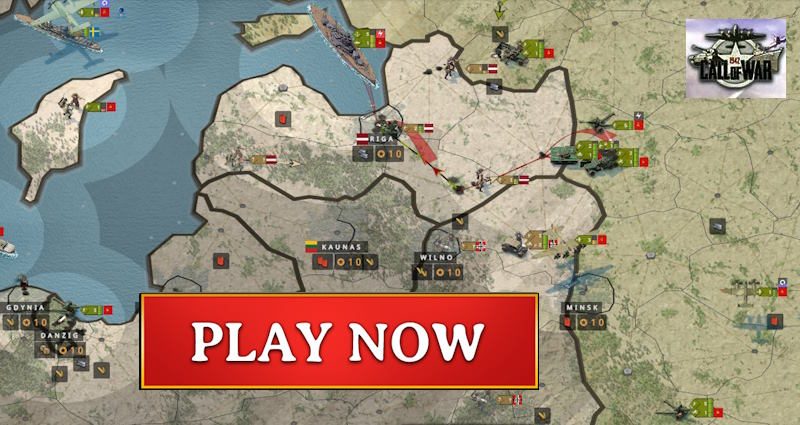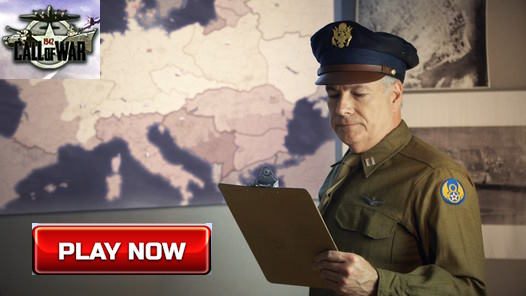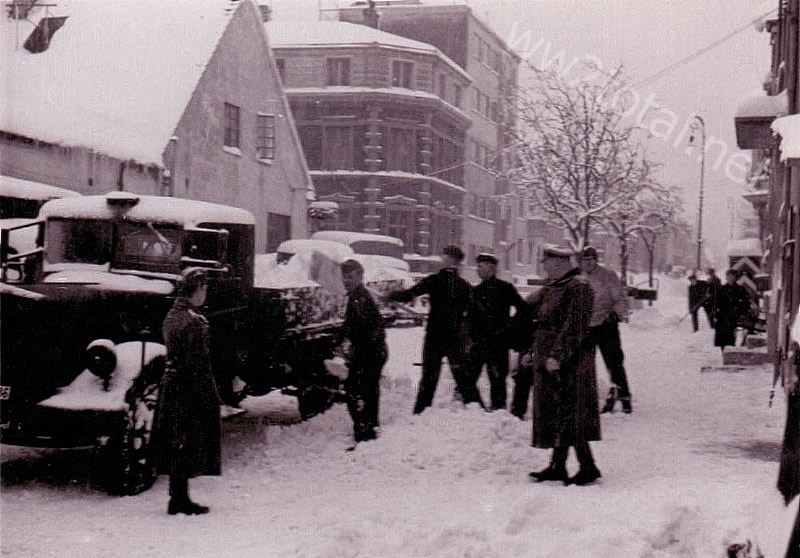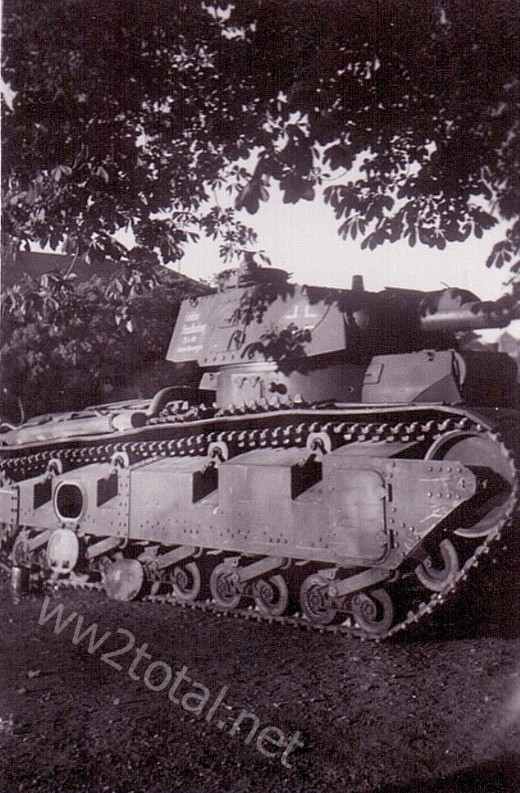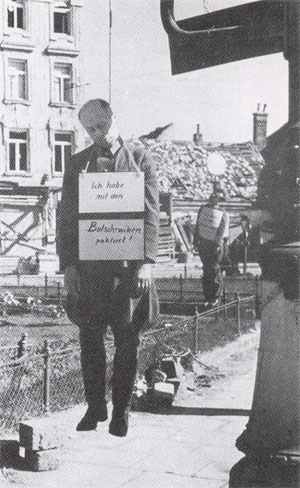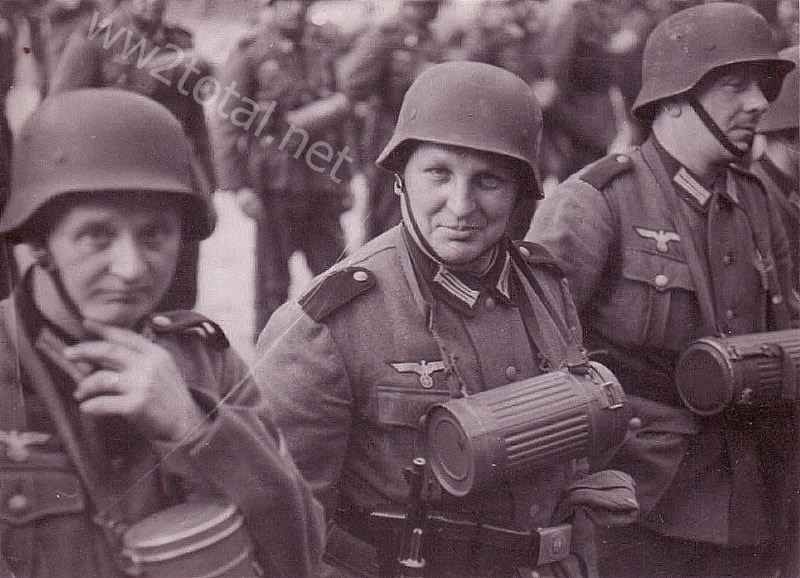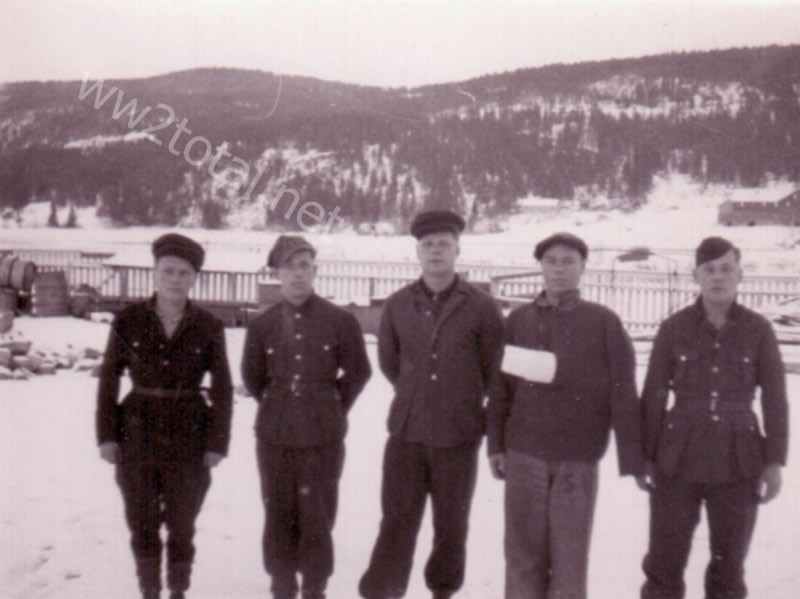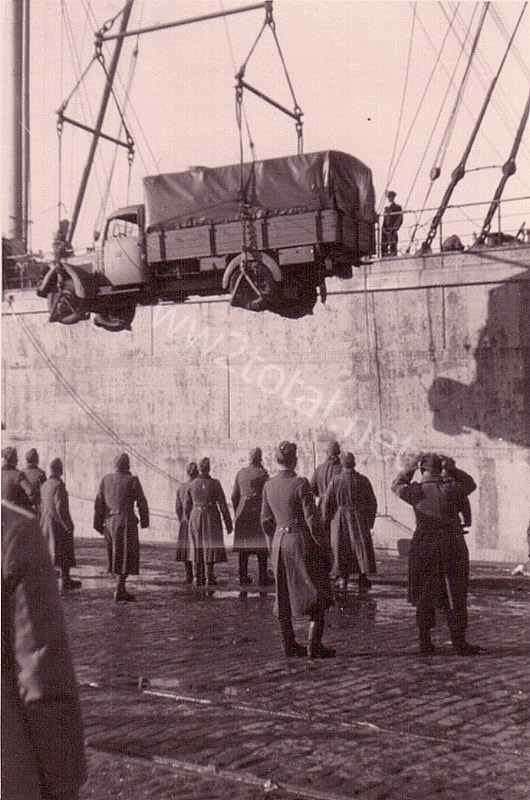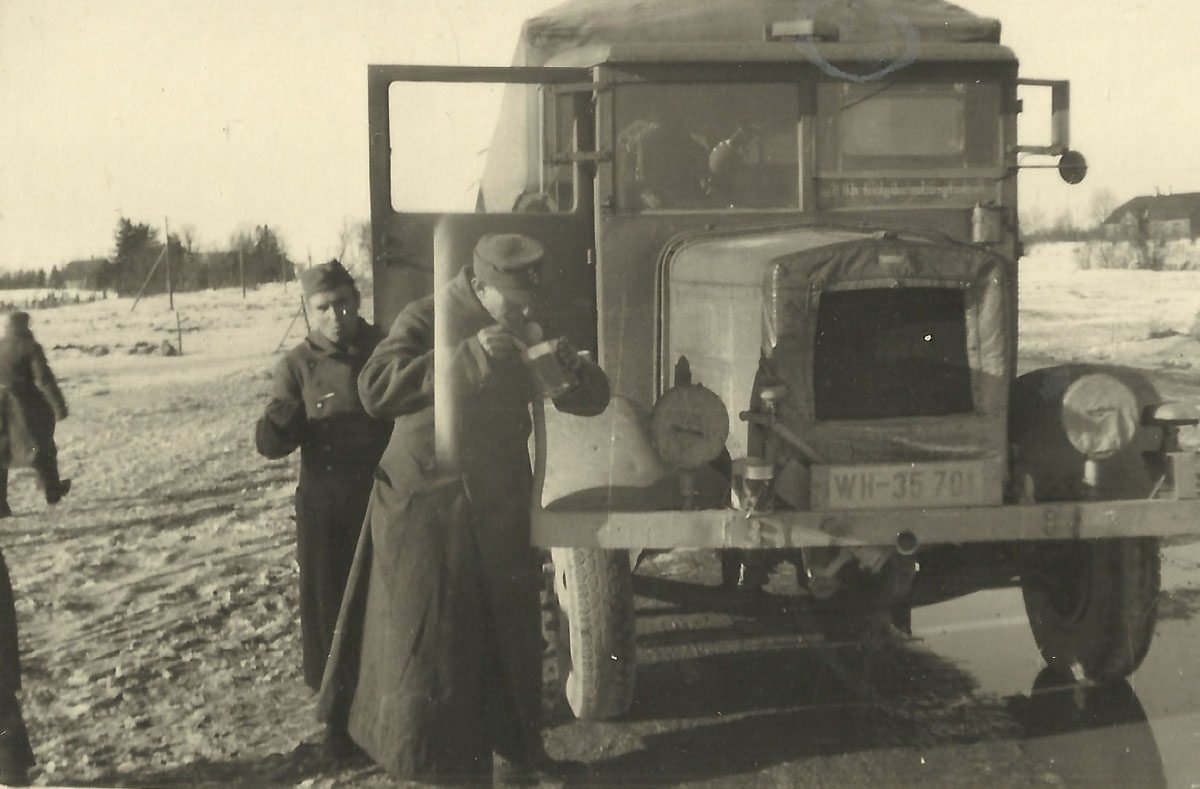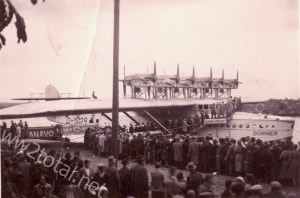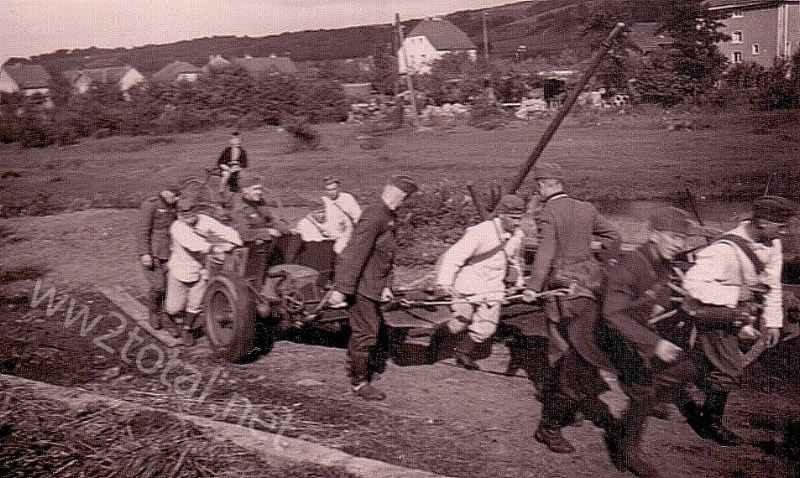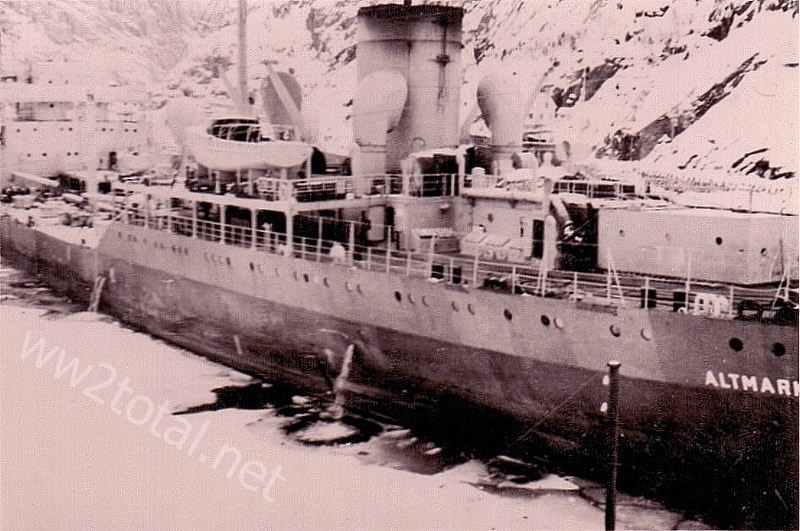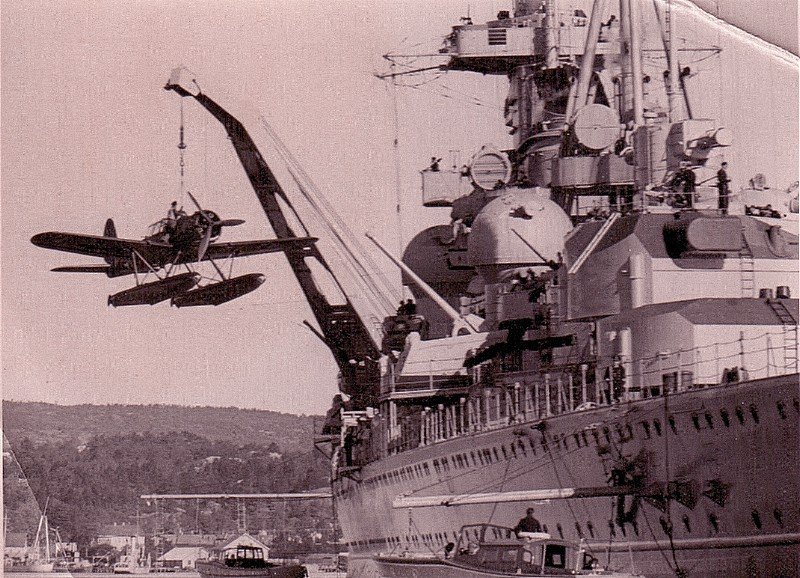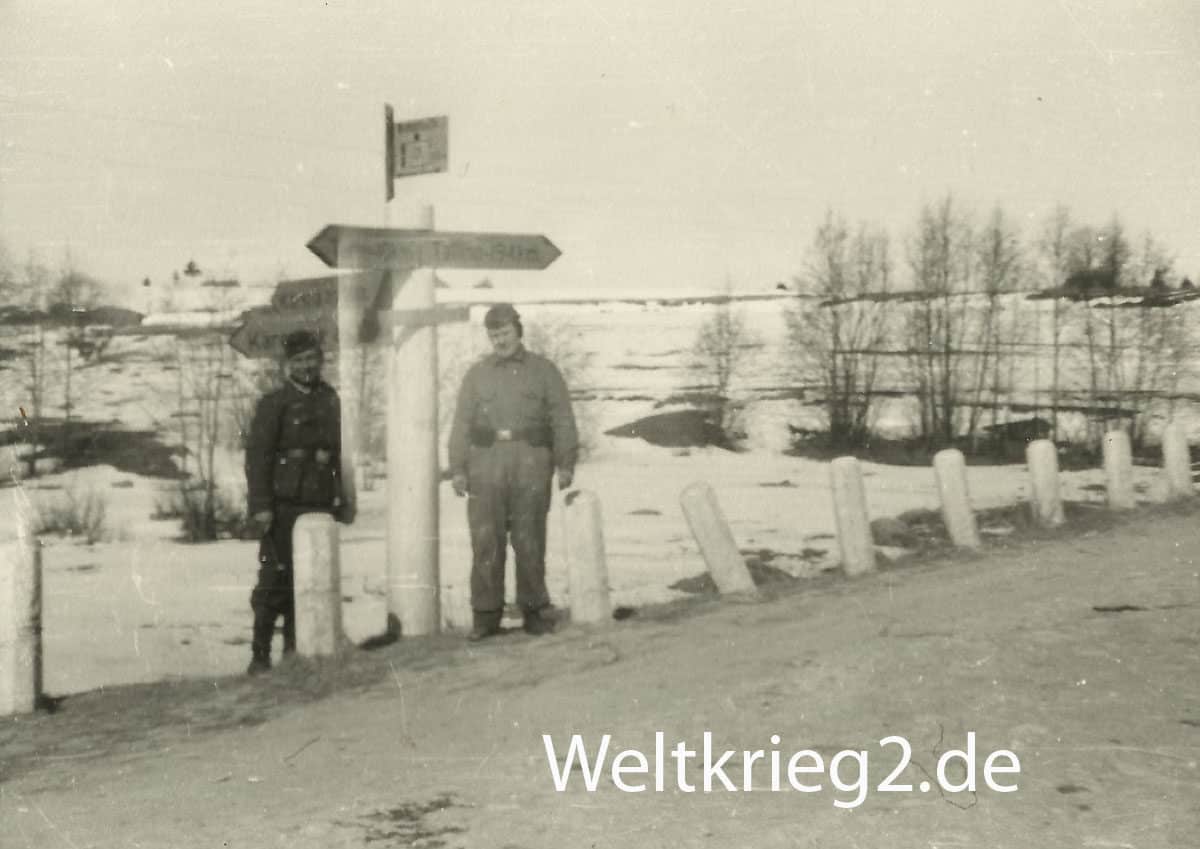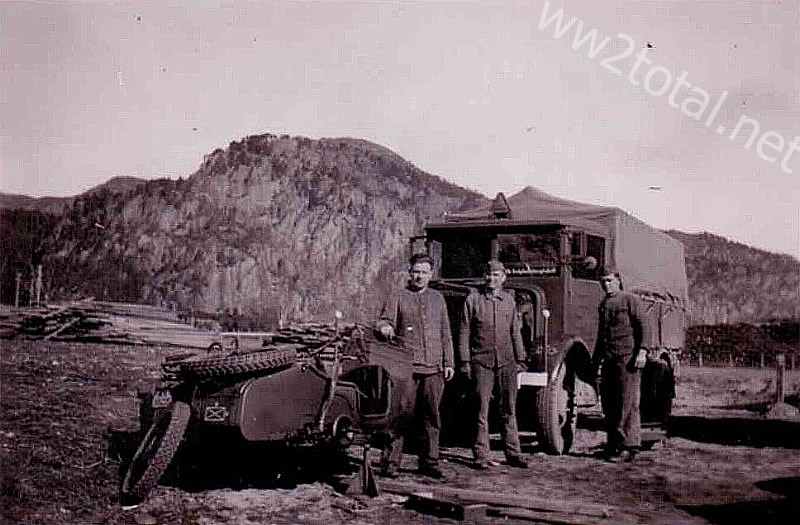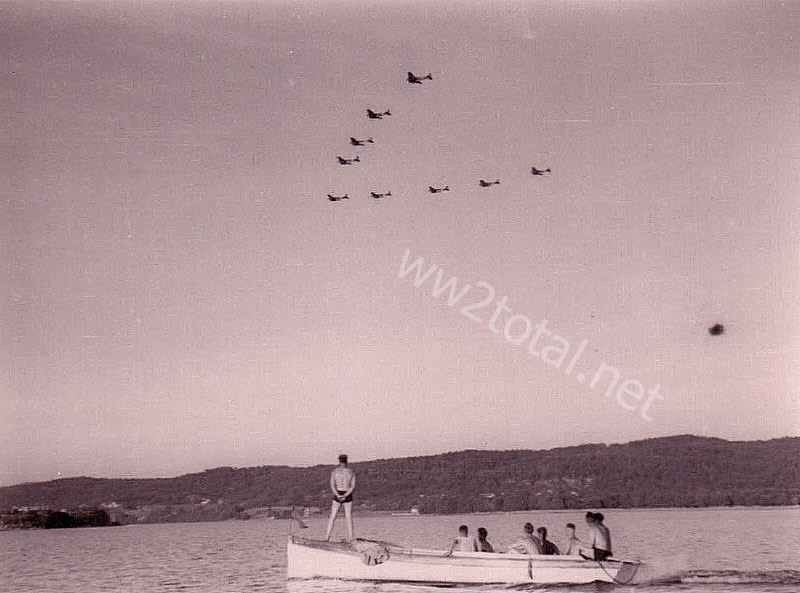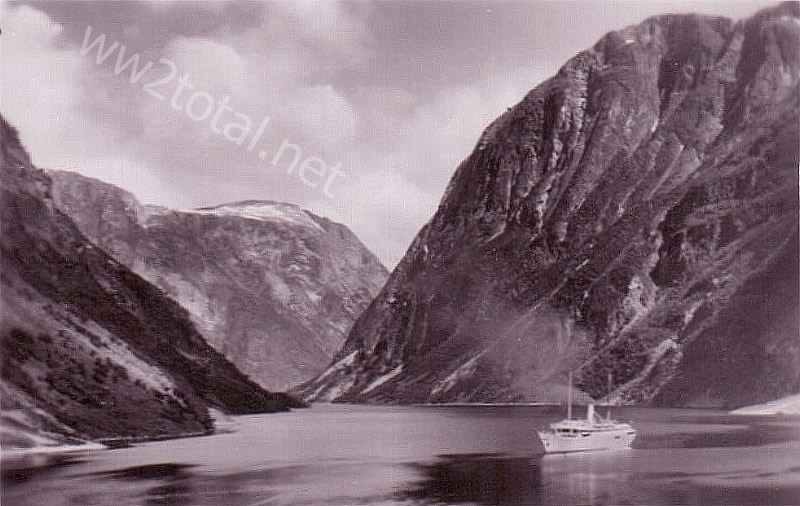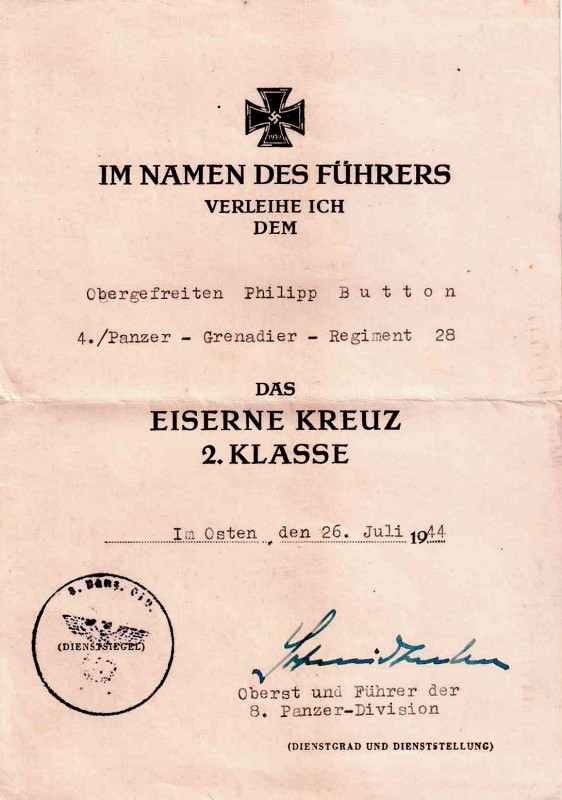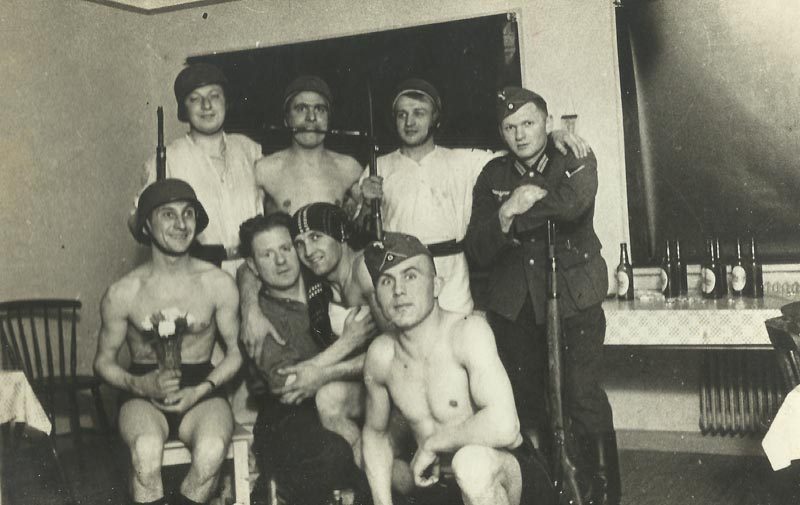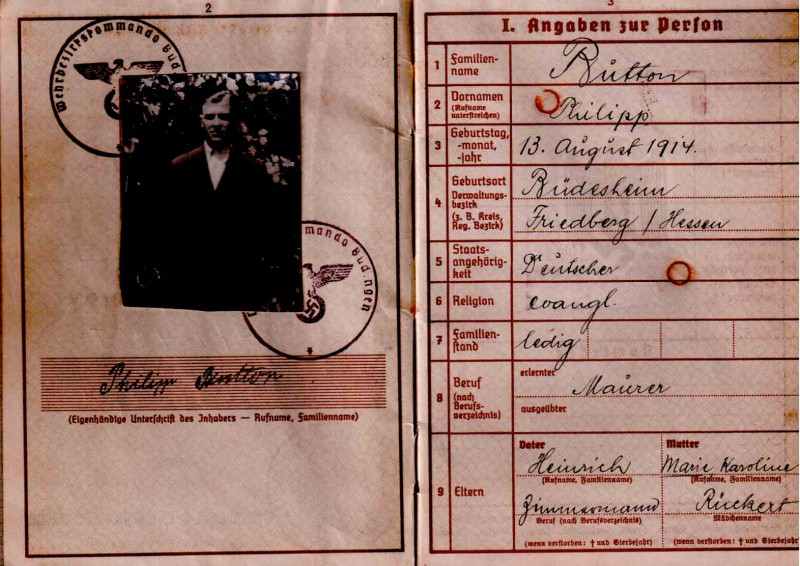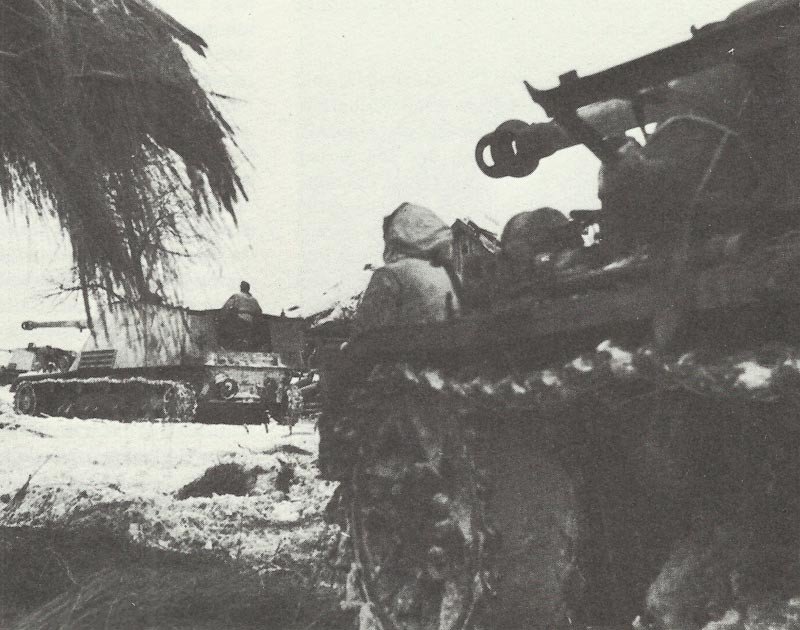WW2 pictures and documents of a German soldier from 1939 until 1945.
In service of the Wehrmacht at the Siegfried Line, in Norway and Russian Front.


Willi Helmas served in the 214th Infantry Division (military district IX, Cassel), which was formed on 26th August 1939 as a division of the 3rd wave by Landwehr (Home Guard) commander Theodor Groppe. Replacements came from the Reserve infantry battalion No.367 in Hanau near Frankfurt, where his residence was.
Since he had its own motorcycle with sidecar, he was conscripted together with it as a Kradschütze (motor-cycle troops) and messenger. Since he was an automobile mechanic in his civilian occupation, he first did service in the repairing unit of the 214th Infantry division. In the last year of WW2, at the Eastern front, he also had to serve as a front line soldier and as a motorcycle messenger.
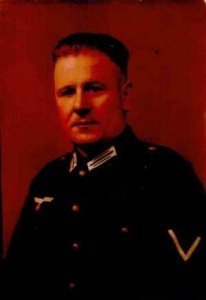
* 04.07.1905 – Braunau am Inn, Austria
† 05.09.1985 – Schöneck (Hanau), Germany
From September 1939 to January 1940 the 214th Infantry division was an element of the 1st Army of the Army Group C, which was located at the so-called Westwall (Siegfried Line) in the Saarpfalz at the border to France.
Probably, because of political unreliability (website in German language: orders for the soldiers by the division commander to prevent excesses against Jews by force of arms, resistance against SS orders and conflict with Himmler) the division was removed from there and the commander General replaced (later retired dishonorable, after the July coup of 1944 arrested and death sentence in April 1945).
In April 1940, the division participated in the Unternehmen Weserübung ( Operation Weser Crossing) and landed at Kristiansand in Norway. Later on, the task of the division was to guard the coastline near Sorlandet.
In January 1941 the division was relocated to Adger (Rogaland) near Stavanger in western Norway.
During 1942 and 1943 up to 2/3 of the division were with the 20th Mountain Army in Lapland (northern Norway and Finland).
Due to the critical situation in the northern sector of the Eastern front, where the Russians had broken the German siege ring around Leningrad, it was ordered in January 1944 to reorganize the 214th Infantry Division for the use at the Eastern Front. The division arrived in the front line at the river Narva (border between Estonia and Russia) in March 1944.
Shortly afterwards, the situation in Galicia became also worse. So, in April 1944 the division was moved to the 4th Panzer Army of the Army Group North Ukraine at Kovel. Until August 1944 the German front was back at the Vistula. Until October the Russians crossed the Vistula and the soldiers found themselves at the Russian Baranov bridgehead.
This exposed position was defended until January 1945. In the following great Russian winter offensive the 214th Infantry division was in the center of the Russian attack during the Battle at the Vistula (12th to 15th January 1945). The division was surpassed on both sides and destroyed.
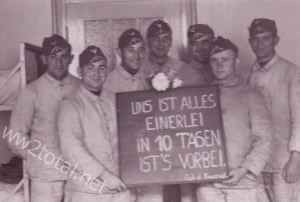
Only a few soldiers escaped and were formed in a battalion in Silesia under Army Group Center, from which the division should have been rebuild. But the war was over before this could be done.
On 30th April 1945 my grandfather fell in hands of soldiers of the 2nd Polish Army and became prisoner of war, only eleven days before, last of all, Army Group Center (field marshal Schörner: after WW2 arrested and charged with the illegal executions of German Army soldiers accused of desertion) surrendered in Bohemia and WW2 in Europe was over.

The German 214th Infantry Division
Table of Contents
On the day of German mobilisation, 26 August 1939, the war diaries of all divisions, units and departments of the army had to be handed over to the Army Archives in Potsdam. There they were given a designation, which initially began with the theatre of war (P for Poland, W for West) and, after the end of the Western and Norwegian campaigns, was simply a serial number.
They were stored in this order, but then systematically recorded in receipt lists by the offices and departments responsible for the war diaries. These lists survived the war, but many of the actual war diaries did not.
These so-called ‘Potsdam lists’ show that war diaries from divisions were still being received by the Army Archives until early or mid-1944. However, the war diaries that arrived in Potsdam later than mid- or late 1943 were apparently not transferred to the Liegnitz branch and were destroyed along with all other holdings still in Potsdam when the Army Archives burned down in April 1945.
In addition, files were lost in February 1942 in a fire in the War Science Department of the Army General Staff, which could only be partially replaced by existing copies.
The war diaries of the divisions that had been transferred to Liegnitz were evacuated by rail to Thuringia in early 1945, where they were captured by American troops in April 1945 and taken to the United States via Frankfurt/Main.
There they were re-recorded and – with the exception of the quartermaster documents – filmed. From 1962 onwards, they were returned to the Federal Republic of Germany. The documents were first sent to the Document Centre of the Military History Research Office, from where they were transferred to the Military Archive Department after its dissolution in early 1968.
Pre-war files from the infantry divisions have therefore only been preserved in large numbers in three exceptional cases, namely for the 7th, 10th and 17th Infantry Divisions. These three divisions came from Military District VII (Munich) and were then transferred to Military District XIII (Nuremberg), also in Bavaria, which was established in 1937. A file collection campaign must have been ordered for both military districts at the beginning of 1941, but no further details are known. It is also unknown where the file collection point was located, where American troops secured several thousand files from staffs, units and offices with Bavarian locations from the period 1919 to 1941 in 1945.
Apart from these three exceptions, practically nothing remains from the pre-war years. The same applies to the routine documents accumulated by the individual departments of the divisional staffs outside the war diary records.
The following is a brief summary of the known facts about the 214th Infantry Division:
Commanders of the 214th Infantry Division
26 August 1939 to 30 January 1940 Lieutenant General Theodor Groppe,
30 January 1940 to 31 December 1943 Lieutenant General Max Horn,
31 December 1943 to 15 February 1944 Major General Carl Wahle,
15 February 1944 to 28 February 1944 Lieutenant General Max Horn,
from 28 February 1944 Lieutenant General Harry von Kirchbach.
Organisation of the 214th Infantry Division
214th Infantry Division (WK IX, E 367 Hanau):
Formed on 26 August 1939 as a division of the 3rd wave by the Landwehr commander Hanau with
Infantry Regiment 355 (I.-III., training commander Wetzlar) in Büdingen,
Infantry Regiment 357 (I.-III., training commander Hanau) in Bad Orb,
Infantry Regiment 388 (I.-III., training commander Aschaffenburg) in Aschaffenburg,
Artillery Regiment 214 (I.-IV.) and the 214th Division support units.
The establishment of a machine gun company within the infantry regiments and the transfer of the engineer companies, as well as II./Inf.Reg.355, for the establishment of Infantry Regiment 630 of the 556th Infantry Division (Upper Rhine) took place on 8 February 1940. This was subsequently replaced.
On 19 March 1940, the IV Heavy Artillery Battalion of Art.Regt. 214 was placed under the command of the 256th Infantry Division and renamed IV./256 on 1 January 1941.
On 5 November 1940, I./355, I./367 (as I. and II./357), the regimental staff and the 1st Battery of Artillery Regiment 214 were transferred to the 199th Infantry Division, which was to be established in Norway.
The reinforced Infantry Regiment 388 (with I./Artillery Regiment 214 and 2./Pioneer Battalion 214) was sent to northern Norway and Finland on 22 August 1941 Finland on 22 August 1941 and became the independent Grenadier Brigade 388 and Artillery Detachment 930 on 20 May 1944. Since autumn 1941, the division had effectively only had two regiments, each with three battalions, and two light artillery detachments at its disposal.
On 13 February 1944, the division was reorganised for deployment on the Eastern Front. In East Prussia, it received Grenadier Regiment 568, Reserve Grenadier Battalion 311 and the 1st Battalion of the Artillery Regiment from the Schatten Division Mielau (formerly 1st Reserve Division).
The IVth Battalion of the Artillery Regiment came from the 255th Infantry Division, which had been disbanded by the 4th Panzer Army. Since Battalions III/355 and III/367 had been disbanded, the division now consisted of:
Grenadier Regiment 355 (I, II),
Grenadier Regiment 367 (I., II.),
Grenadier Regiment 568 (I., II. – from Schatten Division Mielau),
Division Fusilier Battalion 214 (from Reserve Grenadier Battalion 311),
Artillery Regiment 214 (I.-IV. – I. from Artillery Detachment Mielau, IV. from IV./255) and
Division Units Units 214.
In this formation, it was destroyed in the Vistula bend at the beginning of 1945. It was not reorganised. The only units available for a new 214th Infantry Division in Silesia were I./568 from Volkssturm Battalion 26 of the 4th Panzer Army and a tank destroyer company 214.
Subordination of the 214th Infantry Division
In 1939:
September: Reserve of the 1st Army, Army Group C (West; Saarpfalz)
October-December: XXX Corps, 1st Army, Army Group C (West; Saarpfalz)
In 1940:
January: XXX Corps, 1st Army; Army Group C (West; Saarpfalz)
April-August: Group XXI (North; Norway)
September-December: XXXVI Corps, Group XXI (North, Norway)
In 1941:
January-May: XXXVI Corps, AOK Norway (North; Norway)
June–December: LXX Corps, AOK Norway (North; Norway)
In 1942:
January–December: LXX Corps, AOK Norway (North; Norway)
In 1943:
January–August: LXX Corps, AOK Norway (North; Norway)
September–December: Reserve, AOK Norway (North; Norway)
In 1944:
January–February: Reserve, AOK Norway (North; Norway)
March: Reserve, Army Detachment Narva, Army Group North (Eastern Front; Narva)
April-July: XXXXII Corps, 4th Panzer Army, Army Group North Ukraine (Eastern Front; Kowel)
August-September: LVI Corps, 4th Panzer Army, Army Group North Ukraine (Eastern Front; Vistula)
October-December: LVI Corps; 4th Panzer Army, Army Group A (Eastern Front; Baranov)
In 1945:
January: LVI Corps, 9th Army, Army Group A (Eastern Front; Baranov)
February: only remnants remaining with Army Group Centre (Eastern Front; Silesia)
According to the ‘Schematic War Organisations’, the subordinate relationships are only specified for one reference date per month. These were in detail:
In 1940: 9 June, 21 July, 1 August, 13 September, 7 October, 7 November and 12 December.
In 1941: 15 January, 10 February, 12 March, 5 April, 1 May, 5 June, 1 July, 7 August, 3 September, 2 October, 4 November and 4 December.
In 1942: 2 January, 6 February, 10 March, 5 April, 11 May, 8 June, 4 July, 5 August, 2 September, 8 October, 5 November and 1 December.
In 1943: 1 January, 3 February, 4 March, 9 April, 1 May, 1 June, 7 July, 5 August, 5 September, 4 October, 8 November and 3 December.
In 1944: 15 April, 15 May, 15 June, 15 July, 31 August, 16 September, 13 October, 5 and 26 November, and incomplete 31 December.
In 1945: 19 February, 1 March, 12 April and 7 May.
The ‘Schematic War Organistions’ were not started until 8 June 1940, but several weeks before the war diary of the Wehrmacht High Command was kept from August onwards. Those from the first quarter of 1944 have been lost.
War crimes committed by the 214th Infantry Division
On 20 November 1942, Colonel Petri ordered the soldiers of the III Battalion of Infantry Regiment 355 to shoot 14 British commandos who had surrendered and been captured after making an emergency landing during the Allied operation to sabotage heavy water in Norway.
In a war crimes trial after the end of the war, General Nikolaus von Falkenhorst, at that time commander of the AOK Norway, was convicted for passing on Hitler’s command order.
Norwegian heavy water sabotage
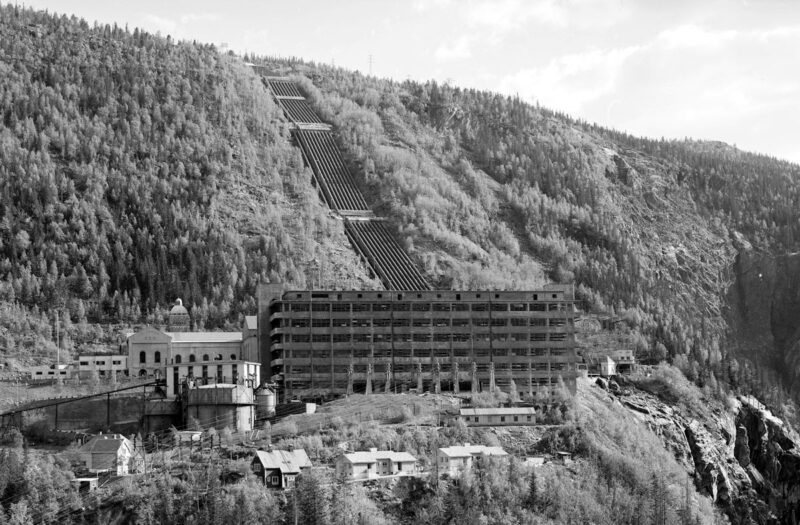
The Norwegian heavy water sabotage refers to a series of operations during World War II aimed at preventing Nazi Germany from acquiring heavy water (deuterium oxide, D₂O) produced at the Vemork hydroelectric plant near Rjukan, Norway. Heavy water was crucial for Germany’s atomic bomb research, as it could be used as a moderator in nuclear reactors.
Background
– Vemork Plant: Located near Rjukan, Norway, the Norsk Hydro plant was the only large-scale facility in Europe producing heavy water.
– German Interest: After occupying Norway in 1940, Germany took control of the plant to support their nuclear weapons program.
The Sabotage Operations
There were several key operations, carried out mainly by Norwegian resistance fighters with British support:
1. Operation Grouse (October 1942):
– Objective: Prepare for the arrival of British commandos by parachuting in Norwegian operatives to reconnoiter and set up a base.
– Outcome: The team landed successfully and survived in harsh winter conditions, awaiting the next phase.
2. Operation Freshman (November 1942):
– Objective: British airborne troops were to land gliders with sappers to destroy the plant.
– Outcome: The operation failed; both gliders crashed due to bad weather and navigation issues. Survivors were captured and executed by the Germans.
3. Operation Gunnerside (February 1943):
– Objective: A new team of Norwegian commandos, joined with the Grouse team, was to infiltrate the plant and destroy the heavy water production equipment.
– Execution: On the night of 27–28 February 1943, the team entered the plant, set explosives, and destroyed key components. The saboteurs escaped without casualties.
– Outcome: The operation was a success, setting back the German nuclear program significantly.
4. Subsequent Actions:
– German Response: The Germans attempted to rebuild and transport remaining heavy water to Germany.
– Norwegian Resistance and Allied Bombing: Further sabotage and bombing raids followed.
– Sinking of SF Hydro: In February 1944, Norwegian saboteurs sank the ferry SF Hydro on Lake Tinnsjø, destroying the last shipment of heavy water.
Significance:
– Impact: The sabotage prevented Germany from acquiring enough heavy water to pursue an atomic bomb.
– Legacy: The operations are considered among the most successful acts of sabotage in WWII, highlighting the effectiveness of Norwegian resistance and Allied cooperation.
The Norwegian heavy water sabotage was a critical series of operations that disrupted Nazi Germany’s nuclear ambitions, demonstrating the courage and effectiveness of the Norwegian resistance and their Allied partners.
References and literature
Verbände und Truppen der deutschen Wehrmacht und Waffen-SS im Zweiten Weltkrieg 1939-1945 (Bundesarchiv-Militärarchiv und Arbeitskreis Wehrforschung)
Kriegstagebuch des Oberkommandos der Wehrmacht, Band 1-8 (Percy E. Schramm)
The Real Heroes of Telemark (Ray Mears)
The Winter Fortress (Neal Bascomb)


